The Enlightenment was an exciting time in which the unprejudiced progress of science and thought allowed new wonders to cause great sensation in society. One of them was the manufacture of automata, thanks to the perseverance, creativity and technical and physiological knowledge of its creators, mimicked living beings. Such is the case of the flute player created by the French engineer Jacques de Vaucanson (1709-1782), a lifesize shepherd presented to the French Academy of Sciences in 1738 that was capable of blowing and move his fingers with enough pressure and precision to generate a melody. This humanoid automaton had the privilege of appearing as an example in the entry for the word “android” in the Encyclopedia promoted by Denis Diderot and Jean Le Ron d’Alembert. Another famous creation by Vaucanson was a non-human mechanical creature: a duck that could not only perform the typical movements of the animal it represented, but also the process of digestion up to its last stage, including its final product.
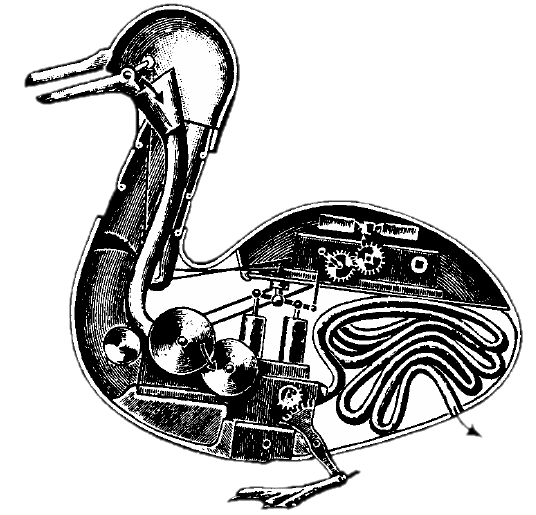 But one thing was imitating muscles, organs and bones and another to create a machine capable of performing complex intellectual processes inherent to humans. And this is what the Hungarian writer and inventor Wolfgang von Kempelen (1734-1804) actually produced in 1769. It was a device consisting of a kind of cabinet used as a table where a humanoid automaton sat, dressed in a robe and also wearing a turban, who was popularly known as “The Turk”. This whole system was prepared to play chess, discipline in which both Kempelen and his automaton stood out, and the underlying mechanism under the tabletop on which the mechanical player rested was displayed by his creator.
But one thing was imitating muscles, organs and bones and another to create a machine capable of performing complex intellectual processes inherent to humans. And this is what the Hungarian writer and inventor Wolfgang von Kempelen (1734-1804) actually produced in 1769. It was a device consisting of a kind of cabinet used as a table where a humanoid automaton sat, dressed in a robe and also wearing a turban, who was popularly known as “The Turk”. This whole system was prepared to play chess, discipline in which both Kempelen and his automaton stood out, and the underlying mechanism under the tabletop on which the mechanical player rested was displayed by his creator.
The aim of making such an ingenious machine was to entertain the Empress Maria Theresa I of Austria. The outstanding capabilities of the Turk, who frightened the imperial environment, shortened his successful career at the court and it was dismantled until the successor to the throne gave the opposite order, but this time to show the invention by touring European major cities, playing (and winning) against illustrious chess players like Benjamin Franklin. Although the internal devices were exposed to the public so they could see that there was no human intervention in the actions of the machine, there were suspicions about the real skills of the Turk, but not enough to avoid that the foremen in charge of the invention would profit from the tournées.
Under the ownership of the German mechanic Johann Nepomuk Maelzel (1772-1838), inventor of the metronome, the Turk continued to impress and defeat personalities like Frederick the Great of Prussia (according to legend), Napoleon and hordes of experienced chess players who approached this machine to test their capabilities.
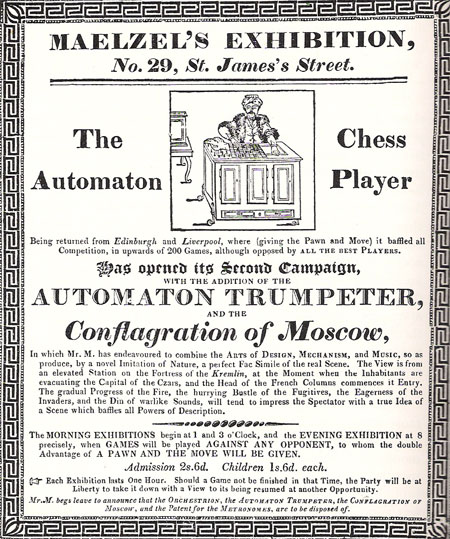
Although struggling at times, this fascinating and irritating device managed to keep its secret until Jacques Mouret sold it in 1834 to the French journal Magasin Pittoresque for a bottle of brandy. The secret was none other than a hidden cavity in which a talented chess player and accomplice, through a system of magnets and springs, could know the movements of the opponent and manipulate the Turk’s mechanisms accordingly in order to advance the game. And Mouret was none other than the last of the “brains” who had occupied the bowels of the Turk in his controversial actions and who was also the chess instructor of Louis Philippe I of France.
More than a century after the Turk was officially considered a fake, which was a popular and well-known fact and even Edgar Allan Poe had written an extensive article about it, IBM created a machine, Deep Blue, which managed to beat Gary Kasparov in 1996, world chess champion at that time. This event, was the subject of great anger and controversy between the world champion and the creators of the computer, as reflected in the documentary Game Over: Kasparov and the Machine (Vikram Jayanti, 2003).
Curiously enough, Deep Blue and its succesors, like Deeper Blue, also from IBM, and other machines capable of playing other games, for example, the Chinese Go, have a younger Spanish grandfather: the Chess Player, an automaton created by the Spanish mathematician Leonardo Torres Quevedo, that could really play chess itself, as shown in his debut at the fair in Paris in 1914. This grandfather, besides not being a fake, survives today in the College of Engineering, Roads, Channels and Ports of Madrid. The Turk, unfortunately, ended his days in a fire in 1854 in the Chinese Museum of Philadelphia, his last and quiet home.
Images from Wikipedia.
Translated by Olga Lledó Oliver




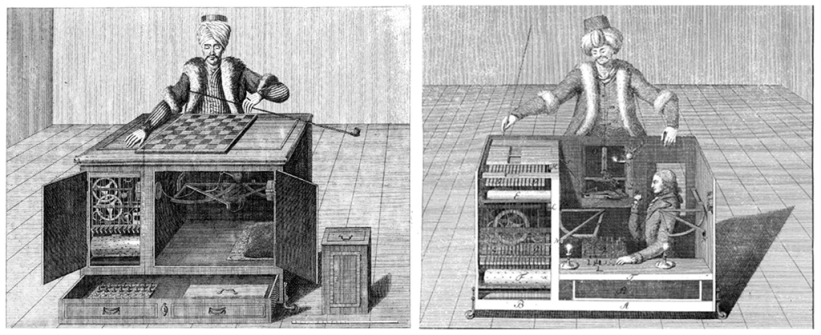
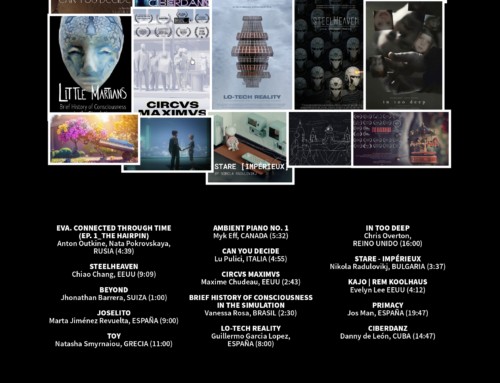

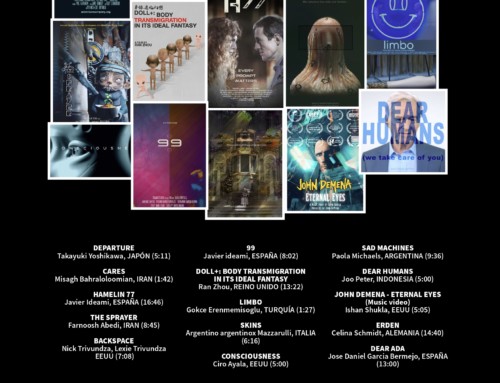
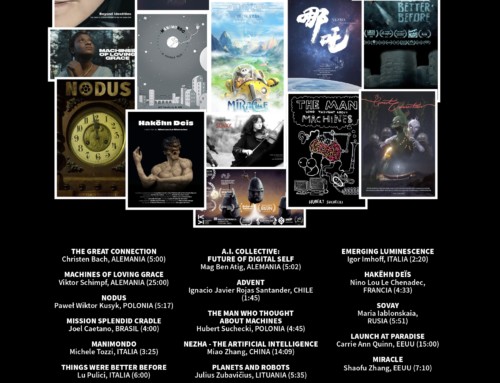

Leave A Comment